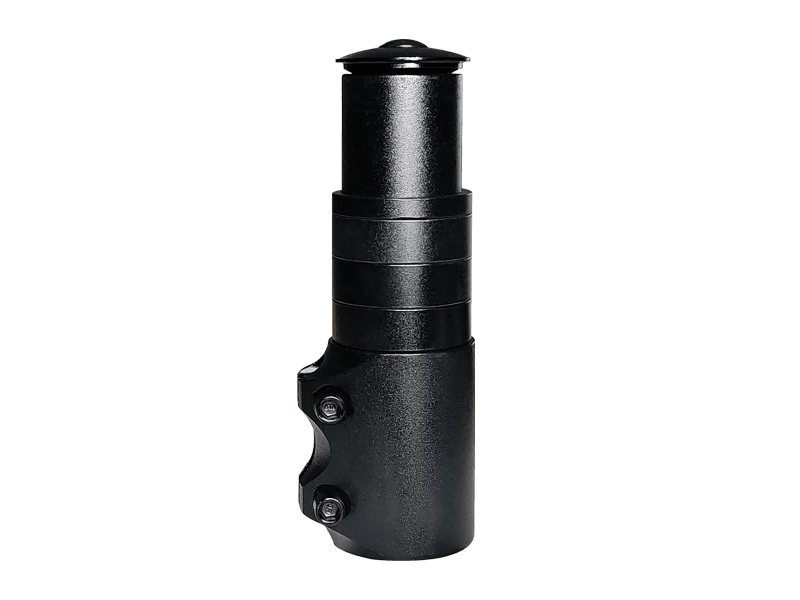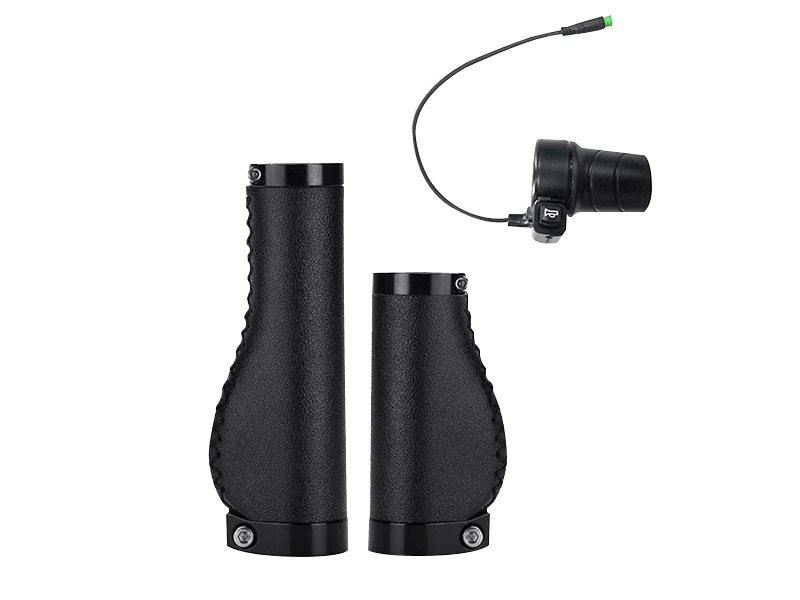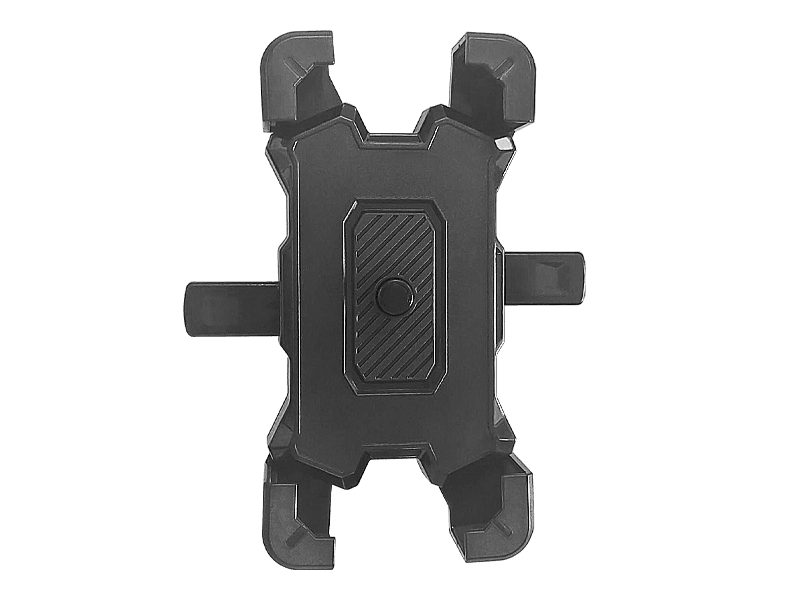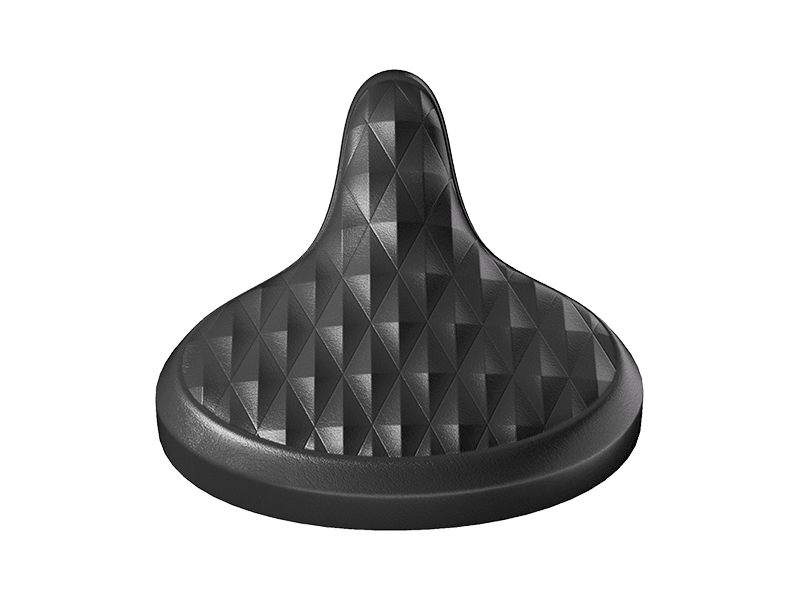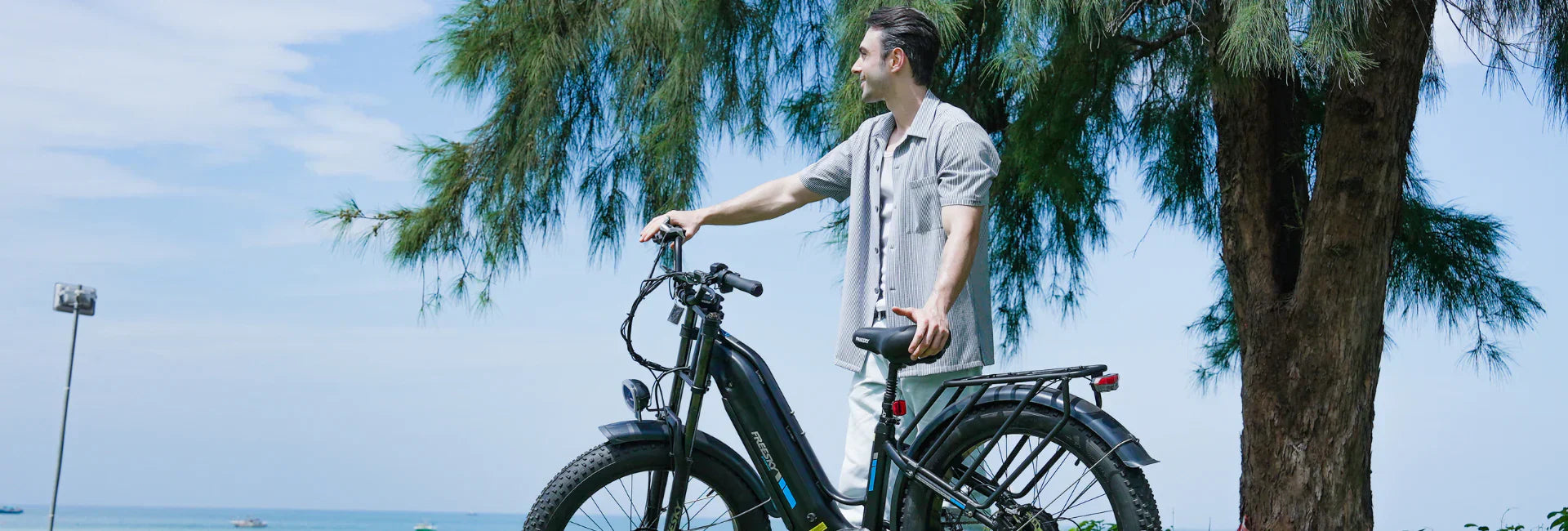5 Moduri rapide de a vă menține cadrul electric pentru biciclete strâns și securizat
AUG 01, 2025
Adesea începe cu un mic scârțâit. Apoi o ușoară clătinare pe măsură ce te rostogolești pe pavaje cu pietre sau pe suprafețe denivelate ale drumului. Nu-ți imaginezi - cadrul bicicletei tale electrice s-ar putea să se slăbească cu adevărat în timp.
Vestea bună este că, în majoritatea cazurilor, problema poate fi rezolvată cu verificări și ajustări simple pe care le puteți face singur. Prin menținerea cadrului în siguranță, nu numai că îmbunătățiți confortul la mers, dar vă asigurați și siguranța în fiecare călătorie.
Cum să recunoști slăbirea cadrului
-
Zgomote scârțâitoareSunete metalice de frecare sau clicuri la accelerare, urcare sau viraje.
-
Senzație instabilă la mersO senzație de ușoară sau de mișcare la traversarea unor denivelări sau suprafețe accidentate.
-
Balamale sau conectori slăbițiJoc vizibil la mecanismele de pliere sau la îmbinările cadrului.
-
Nealinierea roțilorDacă roțile față și spate nu se aliniază corect atunci când bicicleta este ridicată, cadrul poate fi răsucit sau deformat.
Cinci verificări pentru a vă menține cadrul solid
1. Set cuvetă și pipă
Dacă ghidonul este instabil sau scoate un clic în timpul virajelor, este posibil ca cuveta sau pipa să fie slăbite.
Ce să fac:
-
Țineți ferm roata din față între picioare.
-
Rotiți ghidonul — dacă se mișcă independent, strângeți șuruburile cu o cheie hexagonală.
-
Strângeți doar până când se fixează, evitând forța excesivă.
2. Clema tijei de șa
O tijă de șa care alunecă poate crea mișcare în secțiunea din spate a cadrului.
Ce să fac:
-
Slăbiți clema, reglați înălțimea șeii, apoi strângeți-o din nou.
-
Folosiți o cheie dinamometrică, dacă este disponibilă, pentru o strângere precisă.
-
Aplicați pastă de carbon (pentru stâlpii de carbon) sau vaselină (pentru aliaj) pentru a minimiza alunecarea.
3. Angrenaj și suport inferior
Scârțâiturile în timpul pedalării indică adesea joc între brațele brațului pedalier sau suportul inferior.
Ce să fac:
-
Testați mișcarea laterală a fiecărei manivele.
-
Strângeți șuruburile manivelei cu unealta corectă.
-
Dacă suportul inferior este slăbit sau uzat, consultați un atelier profesionist pentru service sau înlocuire.
4. Îmbinări pliabile (pentru biciclete electrice pliabile)
Balamalele și zăvoarele pliabile sunt supuse unor solicitări constante. Chiar și mici goluri pot cauza instabilitate.
Ce să fac:
-
Desfaceți complet și fixați bicicleta.
-
Verificați dacă există mișcare la balamale și strângeți din nou șuruburile.
-
Lubrifiați unde este necesar.
⚠️ Dacă îmbinarea nu poate fi strânsă în siguranță, contactați furnizorul de service înainte de a porni din nou la drum.
5. Triunghiul spate și zona axului
Partea din spate este vitală pentru stabilitate.
Ce să fac:
-
Verificați dacă piulițele axului sau manetele de eliberare rapidă sunt strânse corect.
-
Inspectați sudurile pentru a depista fisuri sau semne de solicitare.
-
Verificați dacă suportul schimbătorului de viteze și suporturile de frână sunt fixate corect.
De ce contează
O ramă deformată nu este doar inconfortabilă. Dacă nu este controlată, poate duce la:
-
Uzură crescută a componentelor.
-
Oboseala și fisurile cadrului.
-
În cazuri rare, defecțiune structurală bruscă.
Cadrul bicicletei tale electrice este fundația acesteia. Verificările regulate sunt la fel de importante ca monitorizarea anvelopelor și a nivelului bateriei.
Cum să preveniți slăbirea cadrului
-
Inspecție lunarăVerificați cuveta, tija de șa, angrenajul și articulațiile.
-
Îngrijire suplimentară după ploaie sau curățenieUmiditatea poate accelera coroziunea și slăbirea.
-
Folosește uneltele corecteInvestiți într-un set de chei hexagonale și o cheie dinamometrică. Se recomandă service-ul profesional pentru motocicliștii obișnuiți.
Construit pentru stabilitate pe termen lung
Cadrele de înaltă calitate sunt concepute pentru a rezista la flexie și vibrații, asigurând fiabilitate de lungă durată. Bicicletele electrice Freesky sunt proiectate având în vedere acest principiu - structurile ranforsate și fabricația precisă ajută la menținerea integrității cadrului chiar și în condiții dificile de mers.
Gânduri finale
O plimbare stabilă începe cu un cadru sigur. Efectuând aceste cinci verificări simple, poți menține bicicleta electrică sigură, receptivă și plăcută de condus.
Călărește în siguranță. Călărește cu încredere.
Întrebări frecvente: Slăbirea cadrului
1. Toate scârțâiturile înseamnă că cadrul este slăbit?
Nu întotdeauna. Unele zgomote provin de la șa, pedale sau frâne. Dar cuveta, angrenajul sau articulațiile pliabile sunt primele zone de inspectat.
2. Este sigur să mergi cu bicicleta dacă cadrul pare instabil?
Nu este recomandat. Chiar și călătoriile scurte pot cauza daune suplimentare sau riscuri de siguranță.
3. Sunt bicicletele pliabile mai afectate?
Da. Balamalele și zăvoarele pliabile necesită verificări mai frecvente datorită designului lor.
4. Cât de des ar trebui să verific cadrul?
Se recomandă o dată pe lună. Mai des dacă mergeți zilnic sau pe teren accidentat.
5. Cât de strânse ar trebui să fie șuruburile?
Strângeți strâns, dar nu prea tare. Utilizarea unei scule cu cuplu limitat este cea mai sigură opțiune.


